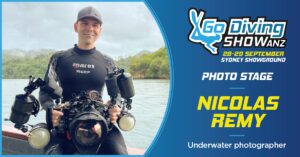Conflict Islands Conservation Initiative (CICI) & their Turtle Conservation Program

Based in the picturesque Conflict Islands, Papua New Guinea, the CICI has a Turtle Conservation Program which protects & monitors nesting turtles to ensure their future.
In 2019 I was fortunate enough to visit the Conflict Islands & see firsthand the work CICI was doing through this program. I have followed them since & here I hope to share with you their struggles their achievements & their dedication to protecting sea turtles.
The Conflict Islands is made up of 21 islands spread in an atoll formation. The main island of Panasesa is the base for CICI with a hatchery & nursery facility, with the other islands inhabited, varying in size, shape & spread in a wide area (the island of Aurora is 22 km away from Panasesa). The islands are used by nesting green & hawksbill turtle in the nesting season, generally from November through to January.
Its this transition from sea onto the land which makes the female turtles the most vulnerable. Ranging in size up to 300kg, they are slow & cumbersome making them an easy target for poachers.
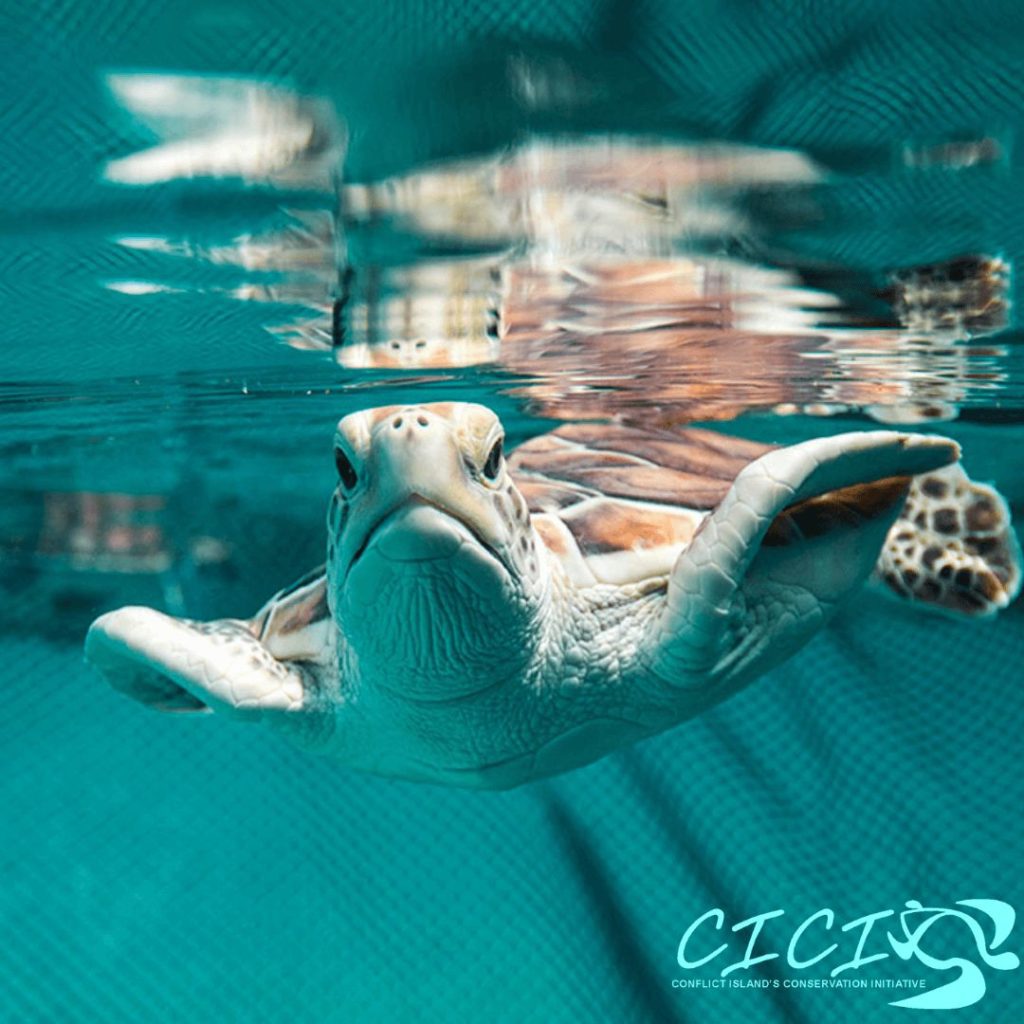
The shell of the Hawksbill is highly sought after for fashion (jewellery is the most common), to make ornaments & for medical purposes, as well as the meat for consumption. Selling turtles has been illegal in PNG since 1966 but under this law, is the exception that harvested turtles can be traded for other goods as this is a traditional practice which still continues today.
Once the eggs are laid, they face challenges from predators (a species of monitor lizard has a particular taste for these eggs), along with crabs & the presence of a parasitic fly which lays eggs in the egg chamber.
But perhaps the biggest challenge that faces the nesting turtle & the eggs combined is the erosion of their nesting areas due to climate change. The constant battering on the islands by the changing weather causes the constant erosion of the sand which in turn causes steep banks & topples trees.
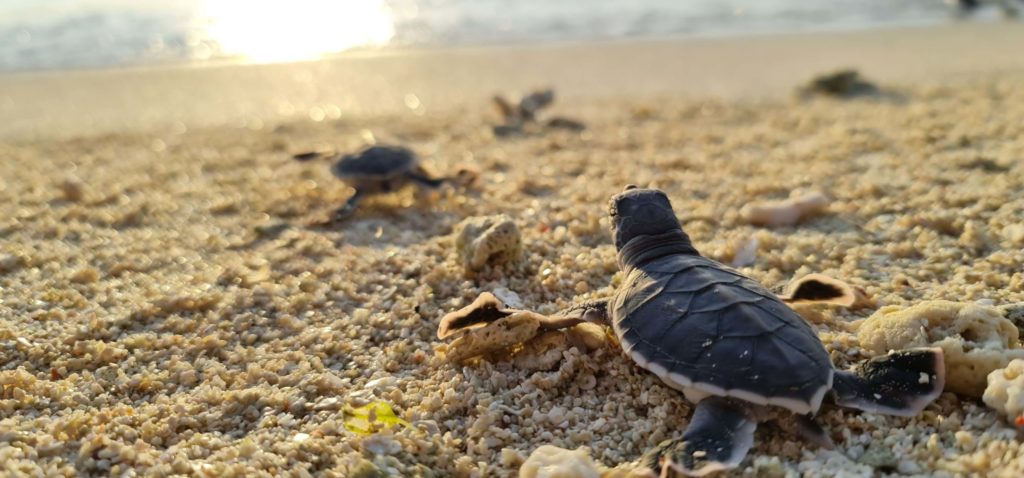
Its these obstacles which make it hard for the turtle to reach a suitable nesting area. If a nesting area is too close to the sea or in a perilous sand bank it could mean the eggs don’t have to time to incubate & fall into the ocean or its too far into the vegetation line where tree roots & harder sand make the nest too hard to dig which could mean the turtle gives up or the eggs are not deep enough.
Its these threats of poaching & erosion that led to the creation of CICI in 2017 & was established as a charitable trust in 2018.
In the words of the led business owner Mr Ian Gowrie-Smith the custodian of the Conflict Islands ” Doing nothing is simply no longer an option!”
The Goals & Achievements of the Conflict Islands Conservation Initiative (CICI)
The CICI is working to understand & map the biodiversity of the Conflict Islands for consideration as a marine managed area. Legislated conservation protection is still limited in Papua New Guinea and the Conflict Islands remains relatively unprotected.

Working closely with local communities to provide education, training & to improve the conservation of marine ecosystems and associated species. This has led to amazing results.
In 2020 the Conflict Islands was named as a “Hope Spot”. This is an acknowledgement from Mission Blue an organisation that ignites support for marine conservation areas. “Hope Spots are special places that are scientifically identified as critical to the health of the ocean.”
I have travelled & dived in different areas around the world & I have never seen such healthy full coral cover. Very limited disease, no beaching & no destruction, you could almost say 95% coral coverage. It’s a very worthwhile accolade & working towards a Local Managed Marine Area (LMMA) is a necessary to protect it for the future.
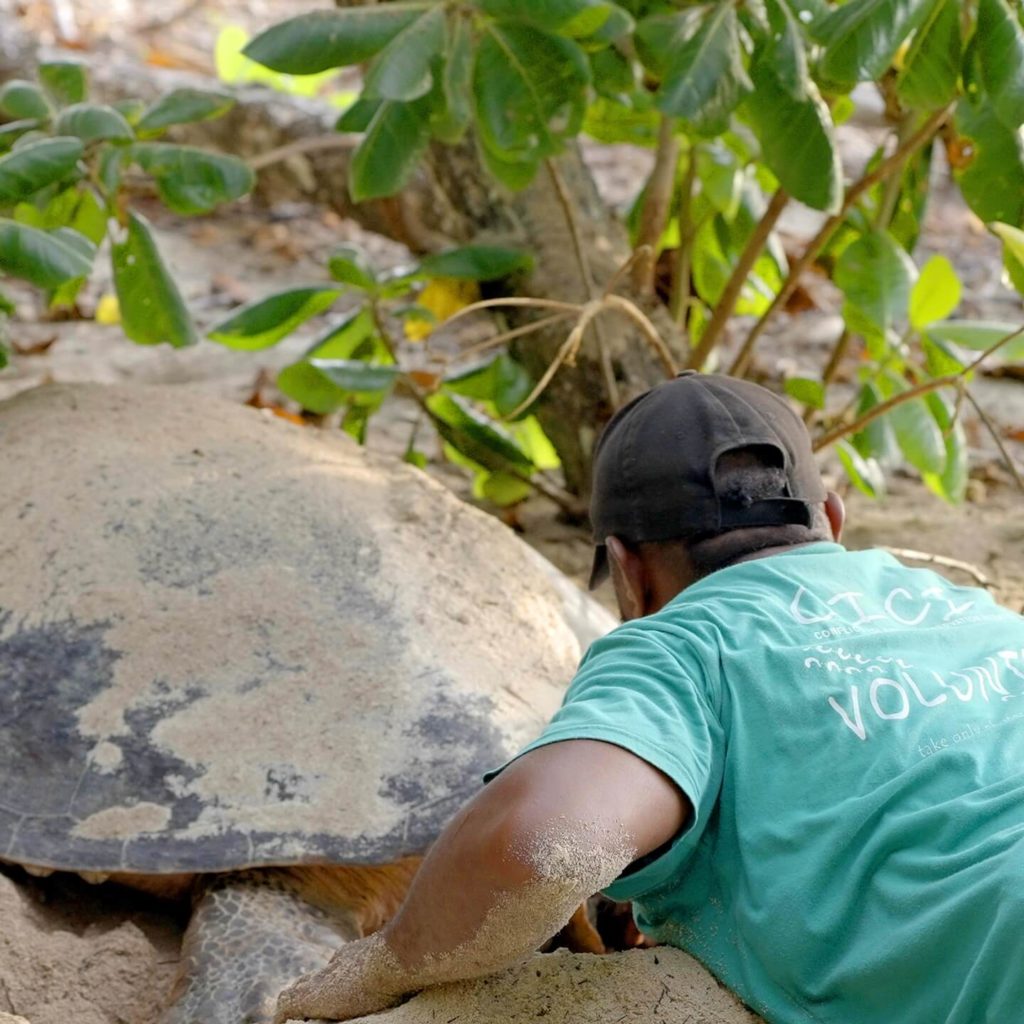
The Turtle Conservation Program began back in 2016 & is growing as more local rangers are being employed which in turn is increasing the data collection. Also running are their plastic & marine debris programs (collection & proper disposal), & they are currently developing programs around Sharks, Rays, the Coral Reef & Fish Health & Resilience. These programs are all intertwined which will lead to extended local marine environment protection & the ultimate goal of a national marine park or Locally Managed Marine Area (LMMA).
The Turtle Conservation Program
CICI’s Turtle Conservation Program aims to monitor marine turtle populations at the Conflict Islands Atoll via a long-term tagging program. The tag is located on the trailing edge of her front left or right flipper. The information recorded includes Species, Facial identification Photo, Date/ Time of laying, Island, GPS location of nest, description of Nest Habitat, Number of eggs laid (if possible), (Nest Attempts, Reason for Nest fail, Nest Relocation if applicable).
Beach patrols occur at night when the females are laying which allows for the tagging of green & hawksbill turtles, taking genetic samples where necessary & other necessary data collection. These patrols also protect the turtles & their eggs from poaching, enables education & awareness to be conducted when poachers are intersected.
The program conducts emergence & hatchling success studies by collecting laid eggs & relocating them to the Conflict Islands Turtle Hatchery, if located in a hazardous area or vulnerable to treats. (Nests vary between 30 cm to 60 cm deep for the different species). The relocated nests are incubated & temperature regulated, whilst awaiting their emergence. During the hatching period, any hatchlings that were observed to be weak, deformed or otherwise unfit for immediate release, were temporally held in the nursery until they could be released safely & successfully.
Through this study they will be able to create a baseline dataset of nesting & foraging populations around the Conflict Island Atoll that will inform the populations trajectory (stable, increasing or decreasing), connectivity to other nations, & will help assess the effectiveness of the CICI program & the surrounding communities ongoing conservation efforts.

How COVID has affected The Turtle Conservation Program
The program was built around a voluntourism model that relied upon income from overseas volunteers, supplemented by the island’s owner Mr Ian Gowrie-Smith to fund the conservation work. As the COVID-19 pandemic unfolded the impact with border restrictions & lockdowns were looking significant. With the loss of funding from international volunteers & the travel restrictions, the islands were facing months of unprotected & unmonitored poaching of nesting turtles, their eggs, & the possible unemployment of the dedicated team of rangers who have for over 4 years had worked so tirelessly protecting them.
It was this adversity that showed such dedication & love for these turtles, as The Conservation Ranger Team was unwavering & were willing to come back for the season to protect the turtles even without pay. Luckily enough funds to cover some of the costs, was raised with thanks to major sponsors for the season – Sea Shepherd & P&O, along with individual, in-country sponsorships & grants & allowed the 20/21 season to run which showed fantastic results. (You can make a difference for the coming 2021 season details below).

2020/21 Season results
The Rangers tagged 119 turtles, relocated 132 clutches & released 13,672 hatchlings to the wild. (The number of eggs laid in each clutch range from as low as 50 to as high as 220 eggs).
CICI successfully released 321 post-hatchlings after effectively rehabilitating them in the nursey.
The hatching & emergence success rates of their relocated clutches produced an average hatching & emergence success rate of 93% which in comparison to the success rates of other rookeries around the world was very promising.
An interesting result was data collection on a hawksbill turtle that had been tagged in Australia’s Coombe Reef in the Howick Group, in 2017, reinforcing the interconnectedness of our oceans & turtle population that is shared with Australia & possibly other nations.
Another positive result was a significant reduction of the incidences of poaching of turtles & eggs from the islands. This was the first season that the presence of armed security guards from Black Swan contractors accompanied the Conservation rangers on their nightly patrols. Having the outside help allowed open dialogue, created awareness & education, allowed the word to spread that this was a serious conservation effort which was being enforced. This meant zero incidences from December 2020 until the end of the season in February 2021.
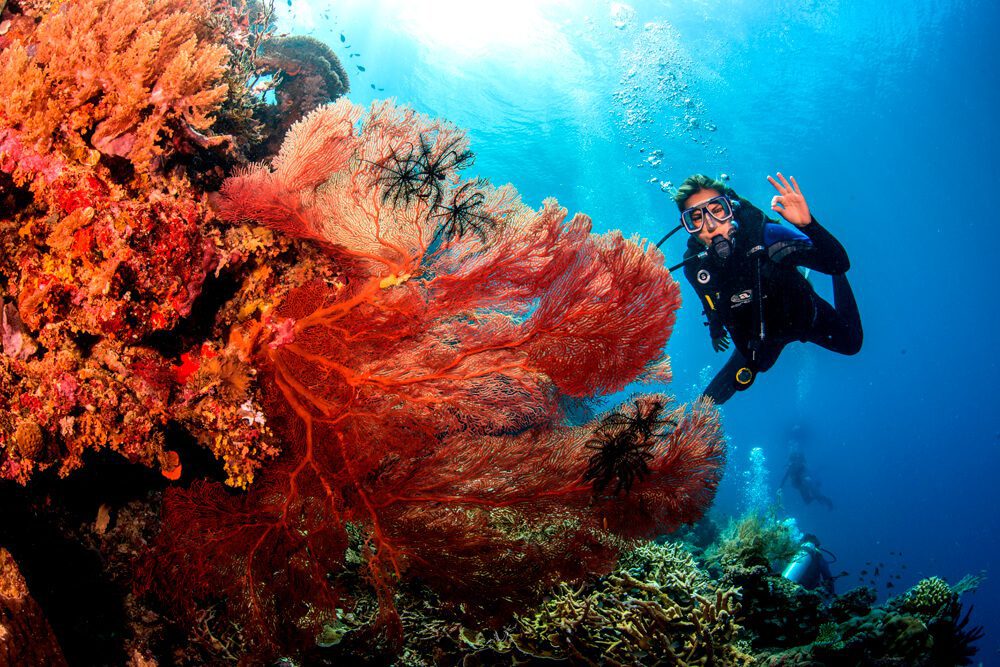
What can you do to help?
Despite the success, the CICI & its Rangers are faced with several limitations. The number of rangers, overall funding & the preparation of nesting areas in the months preceding the season (log removal etc.) needs to increase which will all lead to the better protection of a fragile marine environment.
Create awareness by sharing their story on social media @CICI_png & if you can make a donation today to ensure the Rangers are funded for the coming 2021/ 22 season!
About the Author: Terry Smith has been a dive instructor for over 18 years & is a passionate advocate for marine conservation.
For more about diving Papua New Guinea




